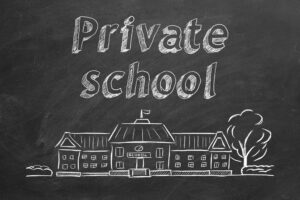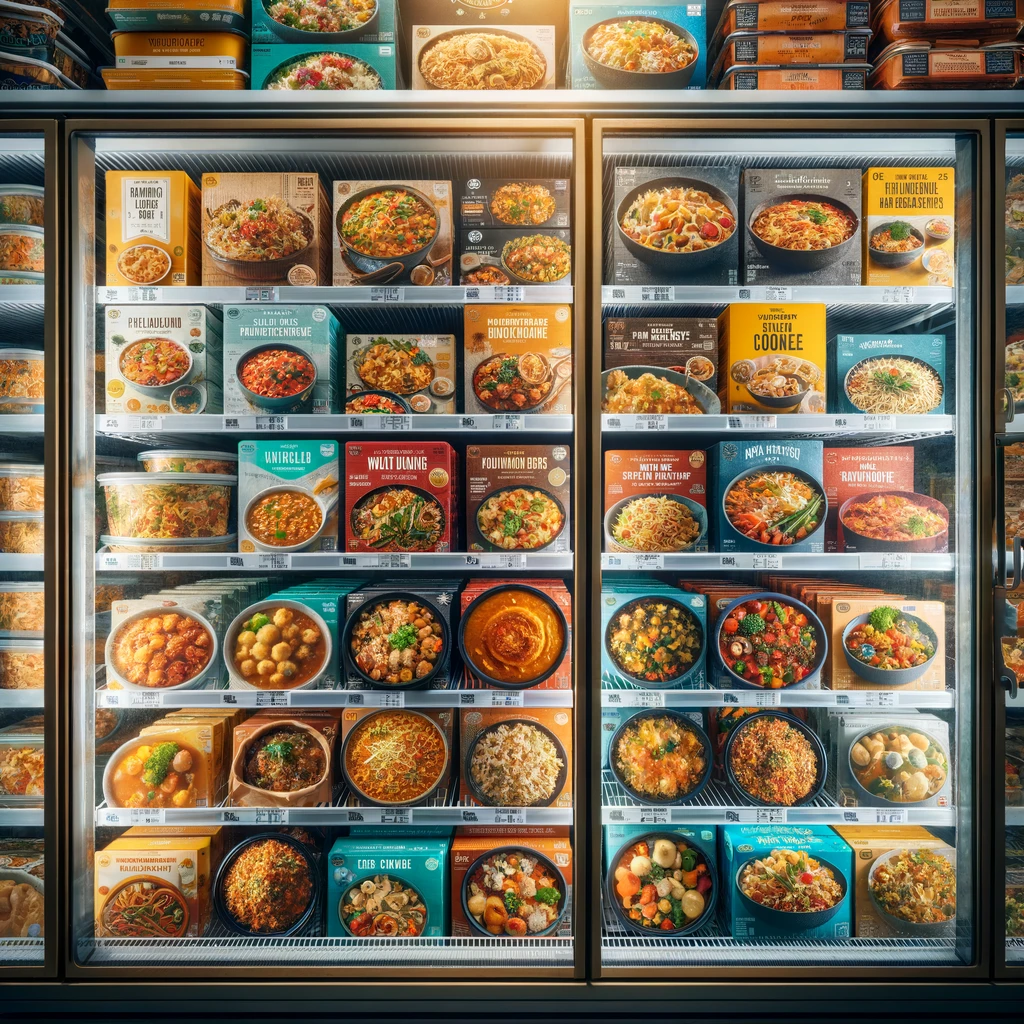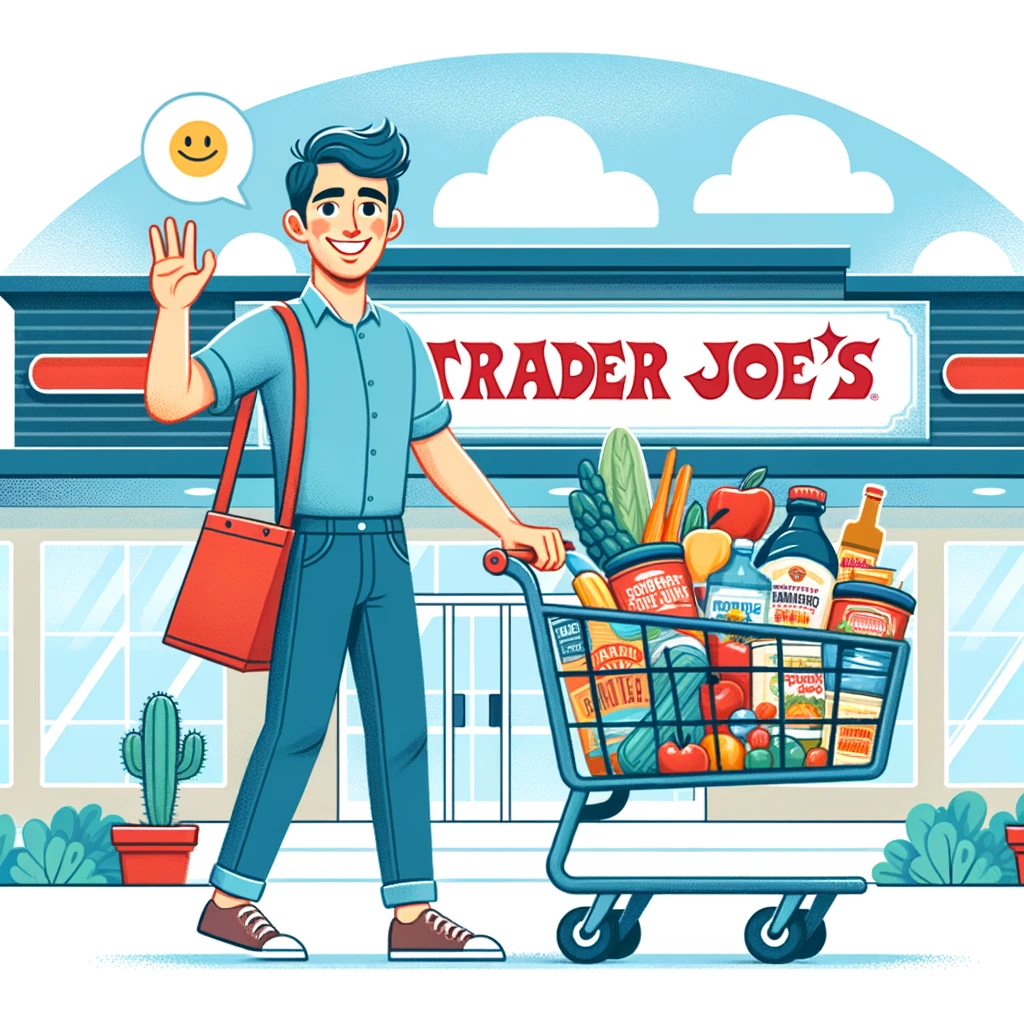In a world where wealth often leads to more opportunities, the paradox of poverty unveils a harsh reality: being poor is expensive. For many, the lack of financial resources translates into higher costs on nearly every front. This article delves into the multifaceted ways in which poverty imposes additional economic burdens, revealing the hidden costs of poverty. By understanding these challenges, we can foster a more empathetic approach to addressing economic disparities and support initiatives aimed at breaking the cycle.
1. Higher Interest Rates and Credit Costs
Individuals who are living in poverty often have a lower credit score. This, in turn, can result in higher interest rates on loans and credit cards. As a result, even routine tasks like renting an apartment or purchasing a car can become more costly. Moreover, low-income earners tend to pay more for financial services, including basic checking accounts and credit cards. Those who are financially vulnerable are often the target of predatory lending practices, such as payday loans, which charge exorbitant interest rates.
2. Increased Health Care Expenses
Low-income families frequently lack access to affordable health insurance. This leads to higher out-of-pocket costs for medical care. Preventative care is less accessible, causing reliance on more expensive emergency services. Poor nutrition and living conditions also lead to health issues that require medical attention, adding to the financial strain. The cycle of poor health exacerbating poverty is well-documented but often overlooked hidden costs of poverty.
3. Less Access to Affordable Housing
Affordable housing is becoming increasingly inaccessible for low-income earners. This is forcing them to live in substandard living conditions. Renting in safe neighborhoods often requires a disproportionate amount of their budget. This leaves them with limited options in neighborhoods with higher crime rates and poor educational opportunities. Moreover, the high cost of moving and rental deposits can be a barrier to mobility, preventing them from improving their living conditions.
4. Higher Costs for Basic Utilities
Utilities like electricity, heating, and water often cost more in poorer neighborhoods due to older, less efficient infrastructure. Additionally, lower incomes mean fewer opportunities to invest in energy-saving measures like insulation or efficient appliances. This means higher monthly utility bills. The inability to pay utilities on time can also result in late fees, further increasing costs.
5. Transportation Barriers
Impoverished areas have limited public transportation, leading to a greater reliance on personal vehicles. Low-income families often own older vehicles that require costly maintenance, which perpetuates financial struggles. The lack of affordable transportation options can limit access to better jobs and education, perpetuating the cycle of poverty. To break this cycle, it is crucial to invest in accessible and affordable transportation options for all individuals, regardless of their income level.
6. Food Insecurity and Higher Grocery Bills
Low-income areas, often called food deserts, lack access to affordable, healthy food options. This forces residents to shop at convenience stores. Prices there are typically higher and options are less healthy. The added cost of traveling to better supermarkets further increases the overall food budget, affecting financial stability.
7. The Expense of Poor Quality Goods
One of the hidden costs of poverty is the impact it has on the quality of goods that people can afford. Those who are poor often have to buy cheaper, lower-quality goods that tend to wear out or break down more quickly, resulting in more frequent replacements. This applies to everything from clothing to appliances. Moreover, people living in poverty often do not have the luxury of buying in bulk or taking advantage of sales due to their immediate cash needs, which further exacerbates this issue.
8. Educational Barriers and Costs
Education is a pathway out of poverty, but it comes with its own set of barriers. Costs for materials, uniforms, and extracurricular activities can be prohibitive. Public schools in low-income areas are often under-resourced, affecting the quality of education received. This limits future earning potential, continuing the cycle of poverty.
9. Higher Fees and Fines
Individuals with low incomes often find themselves dealing with higher fees and fines. This includes fees from banking penalties to legal infractions. There are many causes, such as a lack of access to affordable financial services or a limited understanding of legal rights and procedures. Unfortunately, the inability to pay fines promptly often leads to additional fees or legal complications. This can further increase the financial burden and create a cycle of debt that is difficult to break out of.
10. The Psychological Cost of Poverty
The psychological impact of financial instability can be significant due to the associated stress and anxiety. This can lead to making irrational decisions, such as opting for high-cost borrowing. Unfortunately, discussions about financial inequality often overlook the immense mental health costs of poverty. Moreover, mental health issues can add to the economic burden faced by those already struggling to make ends meet.
Support Economic Equality
The costs of poverty are not just numbers; they represent real struggles for millions. By supporting policies and initiatives that promote economic equality, we can help alleviate these burdens. Engage with local organizations, advocate for policy changes, and educate others about the hidden costs of being poor. We can all make a difference.
Read More
10 Things Poor Parents Teach Their Kids That Rich Parents Don’t
15 Hard Truths About Money That Will Challenge Your Perspective on Being Broke




































